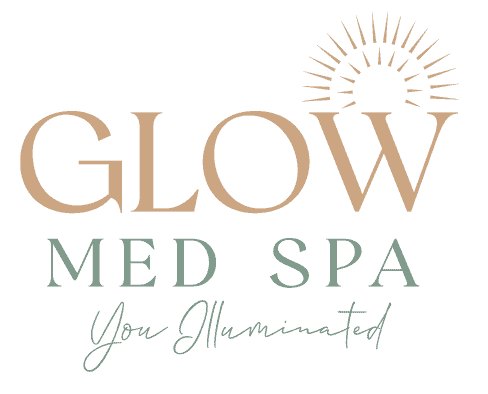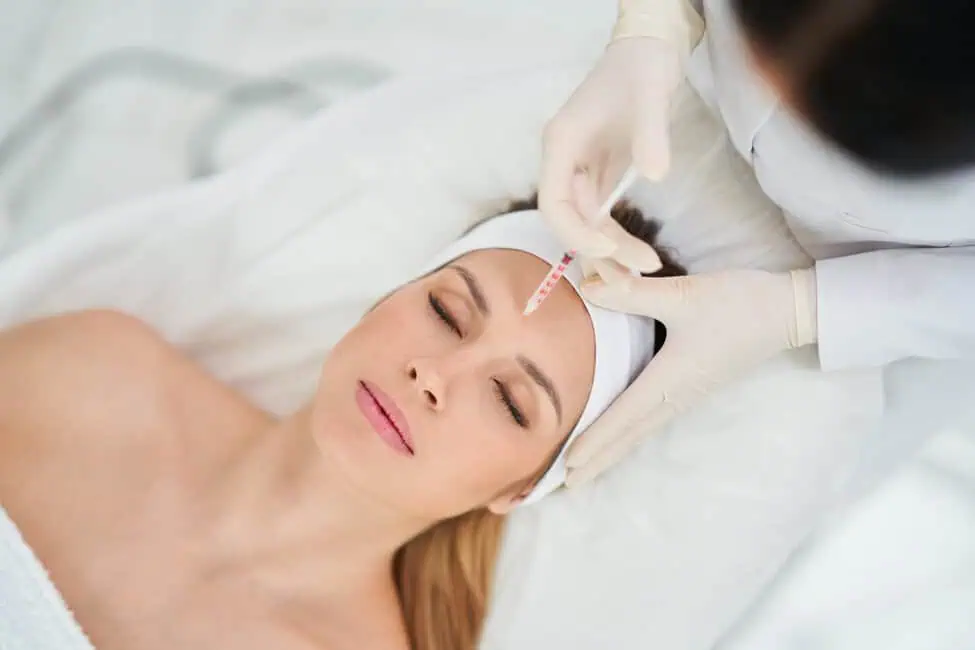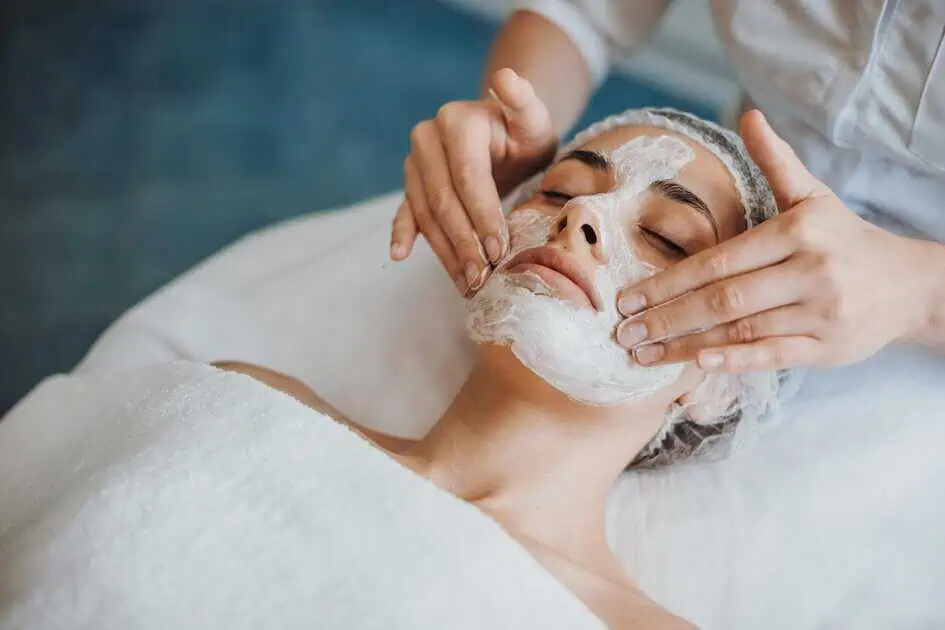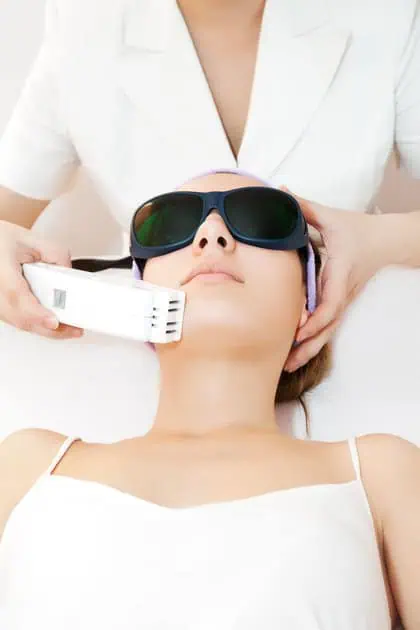Introduction
PRP (platelet-rich plasma) and PRF (platelet-rich fibrin) therapy have recently become a non-invasive and effective treatment options for various medical and aesthetic conditions. These therapies involve using the patient’s blood, which is processed to concentrate the platelets and growth factors before being injected back into the patient’s body.
This blog will provide you with a comprehensive guide to PRP/PRF therapy, including what it is, how it works, and its many benefits. We will also discuss the different conditions and injuries that can be treated with PRP/PRF therapy and the procedure, including what patients can expect during and after the treatment.
If you’re considering PRP/PRF therapy or want to learn more about this innovative treatment option, this blog is for you. Let’s dive in!
What is PRP Therapy?
Platelet-rich plasma (PRP) therapy is a medical treatment that utilizes the patient’s blood to promote the healing and regeneration of damaged tissue. It is beneficial for conditions involving tissues with a limited ability to heal independently, such as tendons, ligaments, and cartilage. PRP therapy uses the patient’s blood to extract a concentrated solution of platelets and growth factors injected into the affected area. These platelets and growth factors promote new tissue growth, improve blood flow, and accelerate healing.
PRP therapy is commonly used to treat conditions such as:
- Tendonitis or tendinosis (e.g., tennis elbow, Achilles tendonitis)
- Ligament sprains or tears
- Osteoarthritis
- Acute or chronic muscle injuries
- Chronic wounds or ulcers
One of the primary benefits of PRP therapy is that it can often help patients avoid more invasive treatments, such as surgery. It is also a low-risk treatment option, as it uses the patient’s blood and carries a low risk of allergic reaction or infection.
What is PRF Therapy?
Platelet-rich fibrin (PRF) therapy is a regenerative medicine that uses the patient’s blood to stimulate collagen production and promote tissue healing. Like PRP therapy, PRF therapy involves drawing and processing the patient’s blood to create a concentrated solution of platelets and growth factors. However, PRF therapy processes the answer differently to create a fibrin matrix containing leukocytes and other cells.
PRF therapy is typically used to treat conditions such as:
- Scarring
- Hair loss
- Wrinkles and fine lines
- Acne scars
- Skin discoloration
The benefits of PRF therapy include the following:
- Naturally stimulating collagen production to improve skin texture and elasticity.
- Reducing the appearance of scars and promoting wound healing
- Low risk of side effects, as the treatment uses the patient’s blood
- Depending on the treated area, PRF therapy is administered through injections or micro-needling. The procedure is generally well-tolerated and has minimal downtime, although patients may experience some redness, swelling, or bruising at the injection site.
PRP/PRF Therapy Benefits and Applications
PRP and PRF therapy has many applications and benefits, making them popular treatment options for many patients. Here are some of the benefits of PRP/PRF therapy:
- Stimulating Cell Growth and Promoting Healing
Both PRP and PRF therapy work by stimulating cell growth and promoting healing. The blood’s concentrated platelets and growth factors can help repair damaged tissues, reduce inflammation, and improve blood flow to the affected area. This makes PRP/PRF therapy an effective treatment option for conditions such as tendonitis, osteoarthritis, and other musculoskeletal injuries.
- Hair Restoration
PRP therapy is commonly used for hair restoration, as it can stimulate hair follicle growth and increase hair thickness. The treatment involves injecting concentrated platelets and growth factors into the scalp, which can help reduce hair loss and promote new hair growth.
- Reducing the Appearance of Scarring
Both PRP and PRF therapy can be used to reduce the appearance of scars. The growth factors in the concentrated platelets can help promote tissue regeneration and collagen production, improving the texture and appearance of scars.
- Improving Skin Texture and Elasticity
PRF therapy is particularly effective at improving skin texture and elasticity. The concentrated fibrin matrix contains a variety of growth factors that can stimulate collagen production and improve skin firmness and elasticity. This makes PRF therapy a popular treatment option for wrinkles, fine lines, and other signs of aging.
- Low Risk and Non-Invasive
PRP/PRF therapy is a low-risk and non-invasive treatment option, making it an attractive alternative to surgery or topical creams. Because the treatment uses the patient’s blood, there is minimal risk of allergic reactions or other adverse effects.
PRP/PRF Therapy Procedure
PRP and PRF therapy procedures are similar, and both involve several steps:
- Consultation
Before the procedure, you will consult your doctor or medical spa professional to discuss your needs and determine if PRP/PRF therapy is the right treatment option. They will also discuss the procedure, potential benefits and risks, and any preparation required.
- Blood Collection
During the procedure, a small amount of blood is collected from your arm using a sterile needle. The blood is then placed in a centrifuge, separating the platelets and growth factors from the rest.
- Processing
The platelet-rich solution is then processed further to create a concentrated solution of platelets and growth factors. PRF therapy processes the answer to create a fibrin matrix containing leukocytes and other cells.
- Injection or Micro-Needling
The concentrated solution is injected or micro-needled back into the patient’s body, depending on the treated area. The treatment area is typically numbed with a local anesthetic before the procedure.
- Post-Treatment Care
After the procedure, patients may experience some redness, swelling, or bruising at the injection site. However, there is typically no downtime, and patients can resume their regular activities immediately following the procedure.
PRP/PRF therapy may require multiple treatments depending on the treatment area and the patient’s needs. Your doctor or medical spa professional can guide the number and frequency of treatments needed for optimal results.
Conclusion
PRP/PRF therapy is a safe, effective, and minimally invasive treatment option for patients looking to stimulate hair growth, reduce scarring, and promote healing. With its many potential benefits and minimal downtime, PRP/PRF therapy is a popular choice among patients seeking to improve their skin and hair.
While PRP/PRF therapy may not be suitable for everyone, a consultation with a medical spa professional can help determine if it is the right treatment option for you. By discussing your needs and expectations, a medical spa professional can create a personalized treatment plan to help you achieve your desired results.
If you want to learn more about PRP/PRF therapy or would like to schedule a consultation, contact Glow MedSpa of 30A today. Our experienced medical spa professionals can help you determine if PRP/PRF therapy is the right choice and provide expert care throughout your treatment journey.
So why wait? Take the first step towards healthier, happier skin and hair today by contacting Glow MedSpa of 30A and scheduling your PRP/PRF therapy consultation!





